 L'offre en conserves. Atelier de création. 2018. DHC/ART. Montréal. Photo : Marie-Hélène Lemaire. |  L'offre en conserves. Atelier de création. 2018. DHC/ART. Montréal. Photo : Daniel Fiset. |
|---|---|
 L'offre en conserves. Atelier de création. 2018. DHC/ART. Montréal. Photo : Marie-Hélène Lemaire. |  Exploration avec le Laboratoire du Collectif L'Araignée. RdG, Noémie McComber et Helena Martin Franco. Montréal. 2015. Photo : Kymura Byol |
 MIXOFF 2 - Jacob Wren + Raphaëlle de Groot. 2014. Vente de garage performative. OFFTA. Théâtre d'Aujourd'hui. Montréal. Photo : Caroline Boileau. |  Remblai-Déblai. Intervention de Vlan paysages dans le cadre de Mémoire vive [commissariat]. 2002. Montréal. Photo : Paul Litherland. |
 Horatio Nelson 1758-2002. Intervention de l'Internationale virologie numismatique dans le cadre de Mémoire vive [commissariat]. 2002. Montréal. Photo : Paul Litherland. |
In addition - special projects
Laboratoire d’exploration en interventions urbaines et performatives
Home
Canning
Workshop
Designed in collaboration with
DHC/ART Education, offered in conjunction
with the exhibition L’OFFRE
from October 5, 2017 to March 11, 2018
at DHC/ART Foundation
Montréal
2017-2018
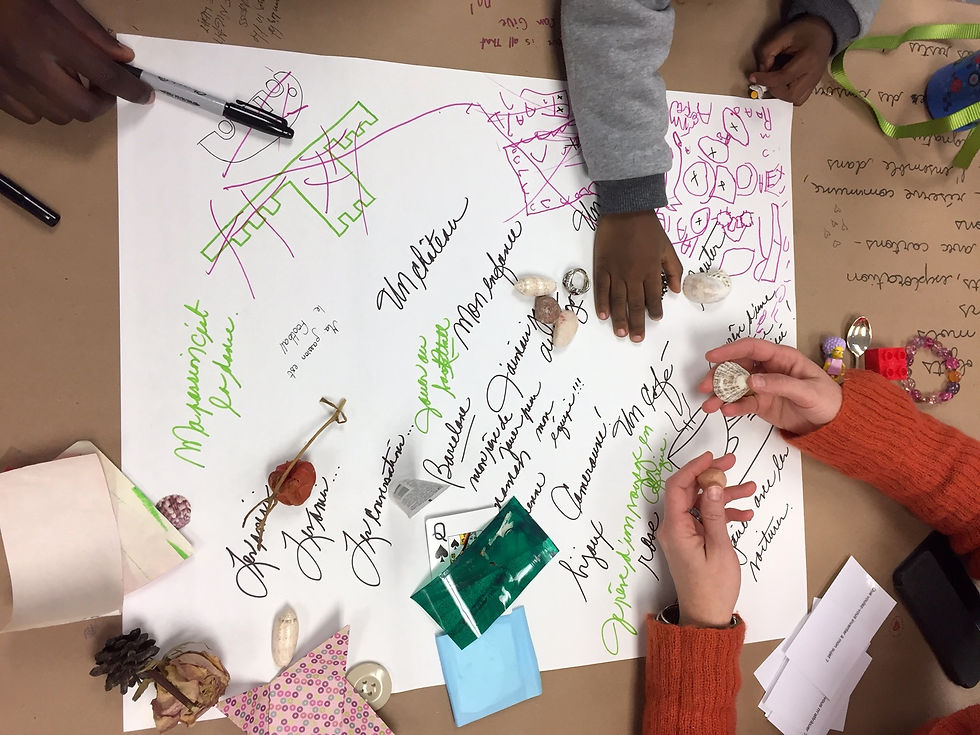
L'offre en conserve. Atelier de création. 2018. DHC/ART. Photo : Marie-Hélène Lemaire.

L'offre en conserve. Atelier de création. 2018. DHC/ART. Photo : Daniel Fiset.
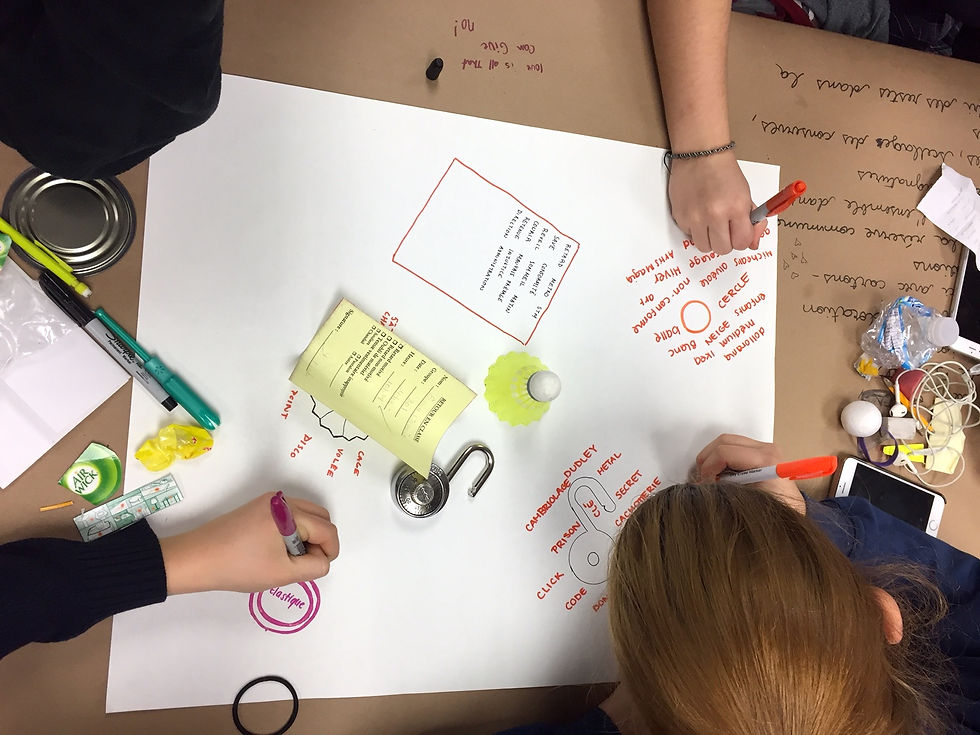
L'offre en conserve. Atelier de création. 2018. DHC/ART. Photo : Marie-Hélène Lemaire.
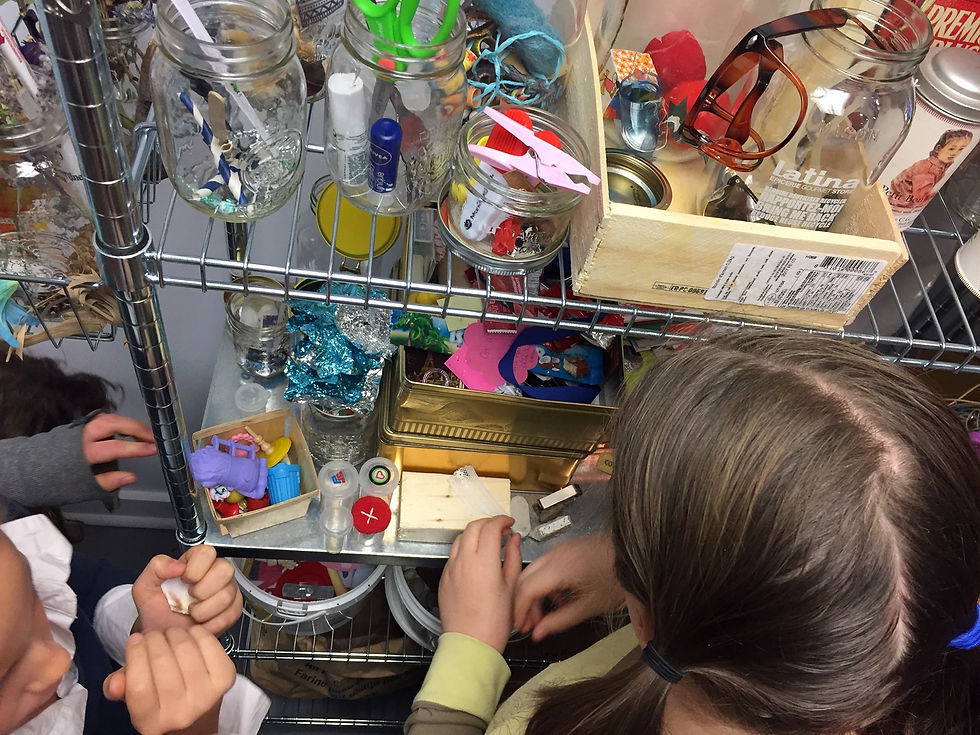
L'offre en conserve. Atelier de création. 2018. DHC/ART. Photo : Marie-Hélène Lemaire.
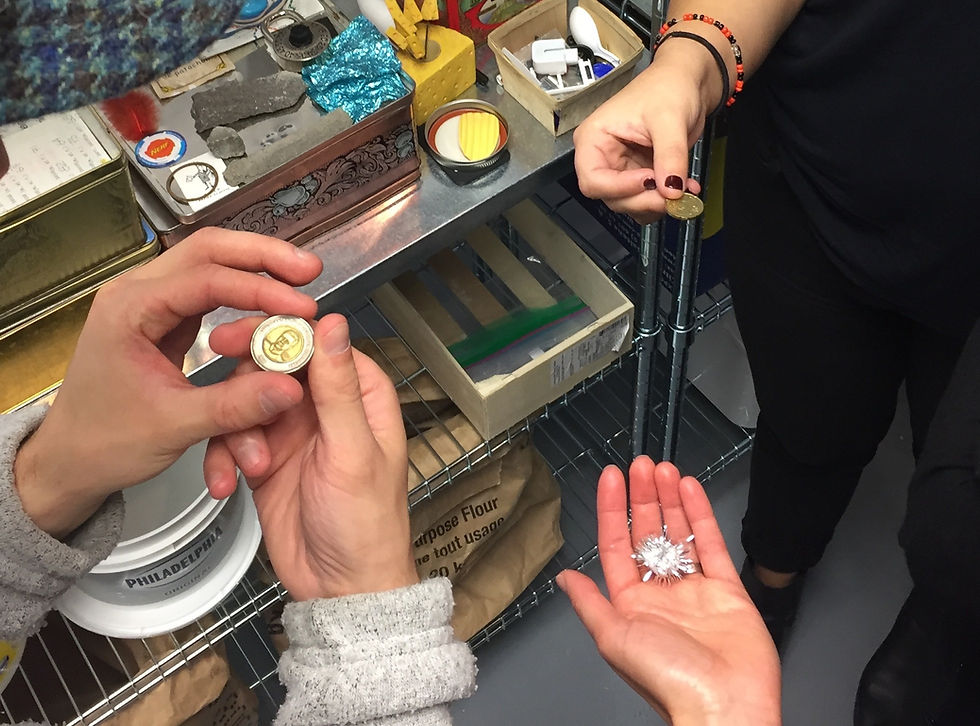
L'offre en conserve. Atelier de création. 2018. DHC/ART. Photo : Amanda Beattie.

L'offre en conserve. Atelier de création. 2018. DHC/ART. Photo : Marie-Hélène Lemaire.
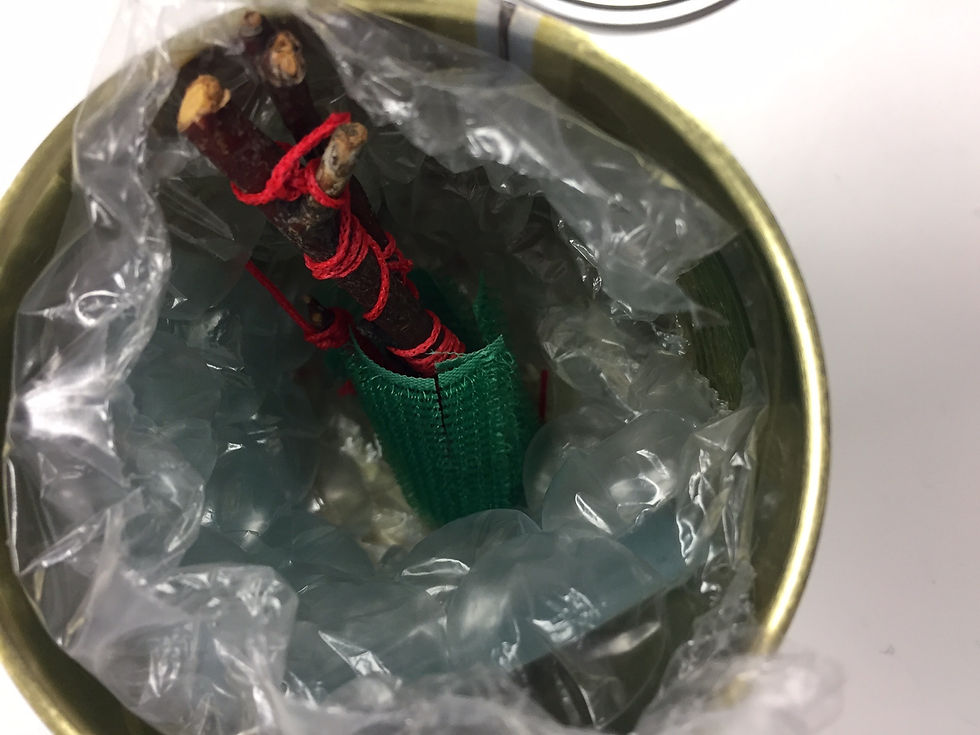
L'offre en conserve. Atelier de création. 2018. DHC/ART. Photo : Marie-Hélène Lemaire.

L'offre en conserve. Atelier de création. 2018. DHC/ART. Photo : Tanha Gomes.
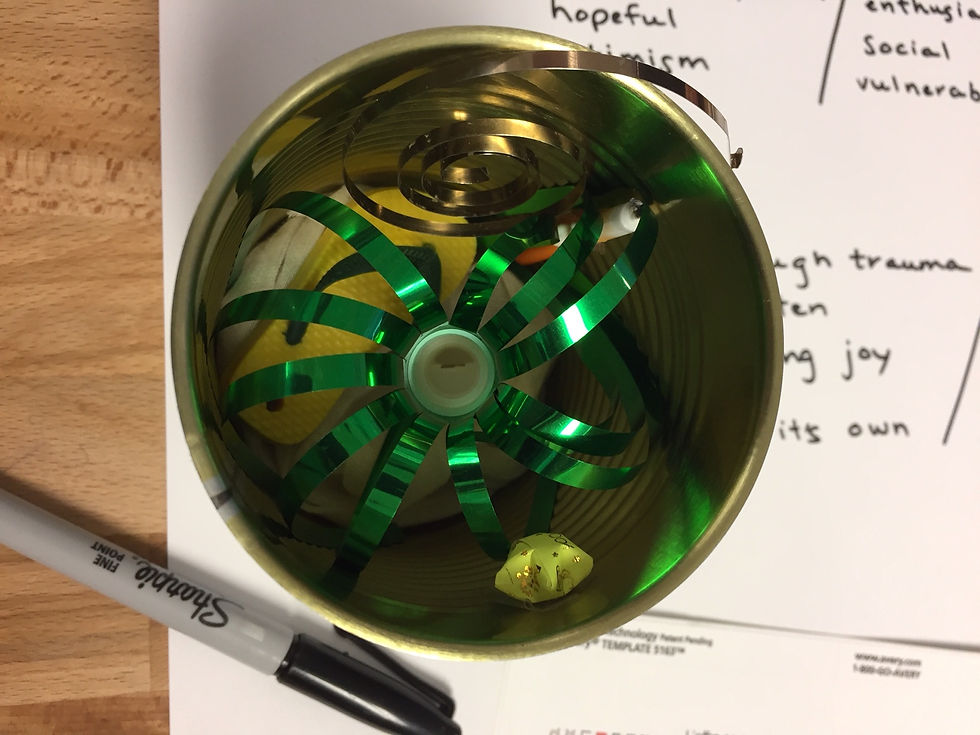
L'offre en conserve. Atelier de création. 2018. DHC/ART. Photo : Daniel Fiset.
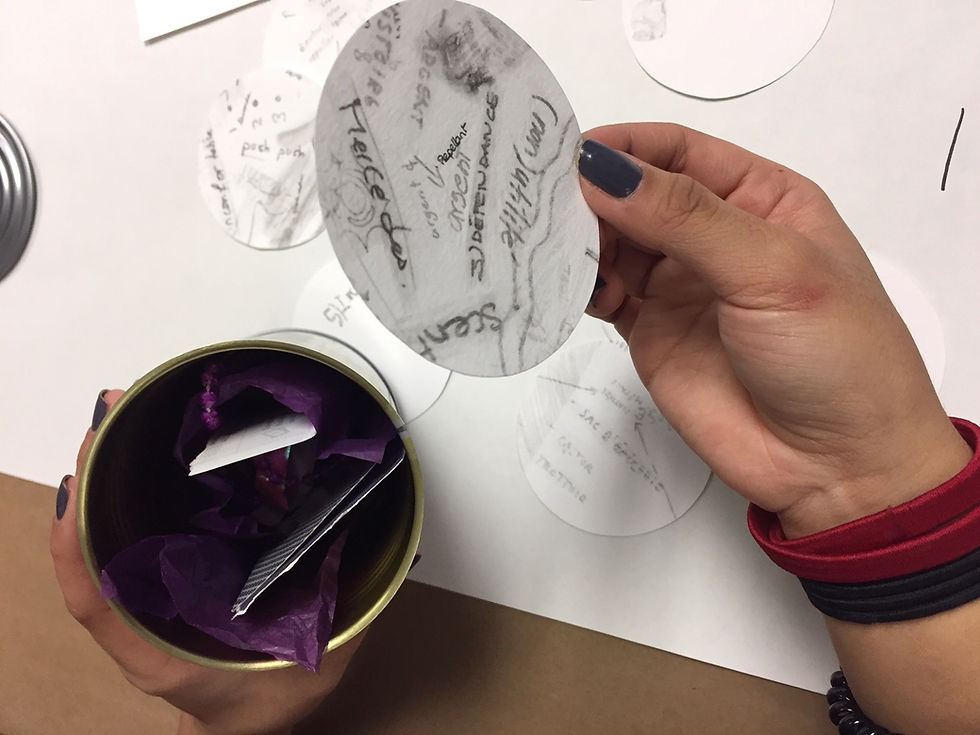
L'offre en conserve. Atelier de création. 2018. DHC/ART. Photo : Daniel Fiset.

L'offre en conserve. Atelier de création. 2018. DHC/ART. Photo : Daniel Fiset.

L'offre en conserve. Atelier de création. 2018. DHC/ART. Photo : Tanha Gomes.

L'offre en conserve. Atelier de création. 2018. DHC/ART. Photo : Marie-Hélène Lemaire.
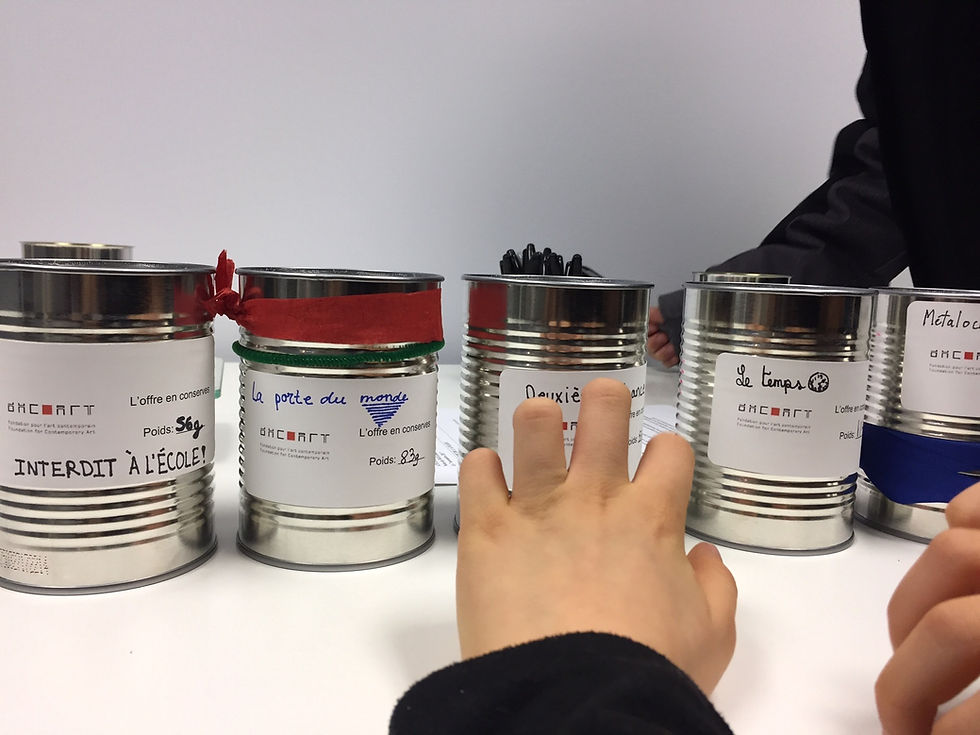
L'offre en conserve. Atelier de création. 2018. DHC/ART. Photo : Marie-Hélène Lemaire.
“Starting with a simple and playful proposition—to realize an “artistic canning”—, Home Canning echoes notions in L’OFFRE, such as exchange, preservation and shared experience. Canning is used to preserve food that, through hermetic sealing, becomes non-perishable. This technique will be used in the workshop to formulate a thought destined for someone unknown by arranging found materials.
The workshop begins with participants gathering material prior to their arrival at DHC/ART. They will collect odds and ends found in their environment, whether inside (at home, at work, at school…) or outside (at their home base or on their way to DHC/ART).” — Source : DHC/ART
Laboratoire d’exploration
en interventions urbaines
et performatives
With the Collectif L’Araignée
Montreal
2015

Exploration avec le Laboratoire du Collectif L'Araignée. RdG, Noémie McComber et Helena Martin Franco. Montréal. 2015. Photo : Kymura Byol
Garbage and bulky waste collection day in Montreal’s Mile End neighbourhood. What better opportunity to organize a conversation with Noémie McComber and Helena Martin Franco. Collective L'araignée's Laboratory .
— L’Araignée, collectif de diffusion et d’expérimentation en art actuel
Performance | 6h
Presented within the context of the OFFTA 2014 edition’s program, in coproduction with PME-ART
May 31
Théâtre d’Aujourd’hui
salle Jean-Claude Germain, Montreal
2014
"Jacob Wren, interdisciplinary performer and writer, has always been interested in the idea of contemporary nomadism and the rebellion against pervasive sedentarism. Raphaëlle de Groot, a pioneer Montreal visual artist, is about to leave everything behind and settle in Brazil with her family in an attempt to radically rethink her lifestyle. On the night before her departure, they organize a garage sale during which she will be able to let go of her belongings, to free herself before leaving towards new territories. A reflection on the concept of wandering and of territorial affiliation. "
—Source: OFFTA 2014
MIXOFF 2 —
Jacob Wren +
Raphaëlle de Groot

MIXOFF 2. OFFTA. Théâtre d'Aujourd'hui. Montréal. Photo : Caroline Boileau

MIXOFF 2. OFFTA. Théâtre d'Aujourd'hui, Montréal. Photo : Caroline Boileau

MIXOFF 2. OFFTA. Théâtre d'Aujourd'hui, Montréal. Photo : Caroline Boileau

MIXOFF 2. OFFTA. Théâtre d'Aujourd'hui, Montréal. Photo : Caroline Boileau

MIXOFF 2. OFFTA. Théâtre d'Aujourd'hui, Montréal. Photo : Caroline Boileau

MIXOFF 2. OFFTA. Théâtre d'Aujourd'hui, Montréal. Photo : Caroline Boileau
Square des Frères-Charon
Public Place
Montreal
2005-2007
Conception: Gavin Affleck, architect; Raphaëlle de Groot, visual artist; Robert Desjardins, landscape architect, City of Montreal. With the collaboration of Gilles Arpin (lighting), Sandra Baronne (plantation), Michel Morelli / Morelli Designers (urban furniture), François Riopel / Genivar (engineering), Julie Leclerc and Paul Martin / Moitié-moitié (interpretation concept and design), Annick Poussart (writing).

Square des Frères-Charon, Montréal, Photo : Marc Cramer
In 2005, the City of Montreal appointed a multidisciplinary team to work out a concept for the development of the square des Frères-Charon (corner of McGill and Wellington). The selection process organized to engage an artist interestingly proposed an open-ended collaboration where the production of an art work was not the pre-set objective. The intention was above all to integrate the artist’s point of view and expertise in the whole conception process.
At the start, the challenge was to provide the square with its own identity and coherence. Looking at its history, we can see that from the moment the land appears on the map of the city (1845), its destiny remains undefined for quite some time. As a sort of “orphan” space, it successively belonged to different owners who didn’t build anything significant on it and used it as a storage area and then as a parking lot. In 1965, the East portion of the site was expropriated to set up the Saint-Jacques D'Youville main sewer. The rest followed in 1974 for the purposes of a pumping station. It is only in 1989, after completion of these works, that the «parc des Frères-Charon» is developed. Its design is a sort of stopgap solution. During that period, the sector is a bit left to itself. Nevertheless, at the end of the 1990’s, the increasing number of residents and workers transform the neighbourhood. Some major real estate projects are built around the square and it becomes out of date.
The square is an elusive space, torn between different urban dynamics and designs. As a kind of turntable, it serves as a threshold to various destinations and activities, thus playing an important role in maintaining the relationships between the Faubourg des Récollets, the Cité multimédia, Old Montreal, the Vieux-Port and McGill street. It also harbours infrastructures and public equipments that impose inescapable constraints.
The first challenge was to reconcile the square’s own space with its function as a crossroads. The second was to better integrate the infrastructures it must shelter. The team proposed a landscape experience revealing the present-day city as well as traces of the site’s original use. This is obtained through a circular shape cut out directly in the pavement, to recall the field where the Charon brothers, erected a windmill, itself evoked by granite marking in the south-eastern area of the square. This move suggests a time span that lets one imagine the site’s gradual transformations. The city/field contrast is accented by a choice of vegetation that stresses seasonal changes; the coloured night lighting also underlines the vegetation. Finally, one of the technical buildings was modified to inaugurate a small belvedere. Walking up the circular stairway to its top, one discovers yet another view of the square and the city all around.
Interview with Raphaëlle de Groot by Jean-François Prost, «Le square des Frères-Charon» in Dis/location 1 : projet d’articulation urbaine, square Viger. Directed by Jean-Pierre Caissie. Montreal : Dare-dare, Centre de diffusion d’art multidisciplinaire de Montreal, 2008, p 133-146.
Curatorial project presented by the artist run center Dare-dare in collaboration with the Centre d’histoire de Montréal from May 31 to September 22, 2002
With Action Terroriste Socialement Acceptable, Caroline Boileau, Mireille Cliche, Ani Deschênes, Guy Giard, Internationale virologie numismatique, Denis Lessard, Nadia Myre, Terres en vues and Vlan paysages.
Montreal
2002
The intention with Mémoire vive was to bring together artists and professionals in the fields of history, heritage, and museums around questions that would prompt them to reconsider the relationships between memory and urban space: How does memory exist in the city and in the community? Who and what does it serve? Artists and specialists were asked to share investigative techniques and strategies of intervention to pose concrete actions in the city. The idea was to establish connections between “dead” memory, reified in documents, writings, objects, and vestigial artifacts—or yet still, between latent and anonymous memory—, and a “living” memory, rooted in a constantly regenerated present.
The projects brought forth by participants offered various points of view on history and the role of the artist. Beyond their chosen historical subjects, they explored various social functions that might generate times of rest and opportunities for chance encounters. At such moments of pause, and often of subversion, history was being reread on an intimate scale.
Mémoire vive

Vlan paysages. Remblai-déblai. 2002. Montréal. Photo : Paul Litherland.

Vlan paysages. Remblai-déblai. 2002. Montréal. Photo : Paul Litherland.

International Virologie Numismatique. Horatio Nelson 1758-2002. 2002. Montréal. Photo : Paul Litherland.

Nadia Myre. Indian Act. 2002. Centre d'histoire de Montréal. Photo : Paul Litherland.

Nadia Myre. Indian Act. 2002. Centre d'histoire de Montréal. Photo : Paul Litherland.

Ani Deschênes. Promenade mémorable. 2002. Montréal. Photo : Alexandra McIntosh.
-
Poursuivre la lectureAbensour, Dominique, « La collecte, la collection, la collectionneuse », Esse, Montréal, n° 71, hiver 2011. + Couverture Loubier, Patrice. «S’aventurer: art d’intervention et pratiques processuelles» in La triennale québécoise 2011. Le travail qui nous attend, Musée d’art contemporain de Montréal, p. 337-347, 2011 Ralickas, Eduardo. «Sauver autrui? L’art en régime d’inaptitude» in La triennale québécoise 2011. Le travail qui nous attend, Musée d’art contemporain de Montréal, p. 349-361, 2011 Rodriguez, Pablo. «Phantasms of Interpretation: Raphaëlle de Groot’s Portraits de clients». MA Thesis, Department of Art History, Concordia University, 2011, 113 p. Guay, Jean-Pierre, « S’encombrer des autres. Raphaëlle de Groot, Le poids des objets/The Burden of Objects », Inter, n° 106, automne 2010, p. 93-94. Loiselle, Geneviève, « Le dos large », ETC, n° 90, juin/juillet/août/sept. 2010, p. 62-63. Stuart, Jasia, « Raphaëlle de Groot – The Burden of Objects », Prairie Artsters.com, affiché le 7 avril 2009. Uzel, Jean-Philippe, « L’art situé : quelques pratiques non-éthiques d’art actuel ». (SIC), Livre III, Esthétiques de la situation, Belgique: Les Presses du réel, 2009, p. 29-44. Leblanc, Véronique. "La relation comme espace de négociation entre soi et l’autre: études des pratiques relationnelles". Mémoire de maîtrise en Études des arts, Université du Québec à Montréal, 2009. http://www.archipel.uqam.ca/2686/1/M11215.pdf Lamoureux, Ève. Art et politique. Nouvelles formes d’engagement artistique au Québec. Montréal: Les Éditions Écosociété, Collection Théorie, 2009, 272 p. Peri, Piera, « Raphaëlle de Groot », Espoarte, Rome, 2008, anno IX, n° 51, p. 46-49. De Carvalho, Anite, « Raphaëlle de Groot : de la collecte à l’installation », Espace, Montréal, n° 80, été 2007, p. 13-17. De Souza Martinez, Elisa. « We com in peace… a path for the analysis of one art exhibition », VIS, Brésil, v. 5 n° 5, novembre 2006, p. 79-99. Giguère, Amélie. « Chercher l’autre, se chercher soi et garder quelque chose de tout cela ». Spirale. n° 208 (mai/juin 2006). p. 46-48. Uzel, Jean-Philippe, « L’usine comme transformateur social, 8 x 5 x 363 + 1 de Raphaëlle de Groot | The Factory as Social Transformer. Raphaëlle de Groot’s 8 x 5 x 363 + 1 », Parachute, Montréal, n° 122, avril/mai/juin 2006, p. 13-31. (français / English) + Couverture Sparkes, Colette. « L’intelligence extraite du chaos quotidien - Gestes d’artistes ». ESSE. n° 45 (printemps/été 2002). p. 66-75. Chantoury, Florence. « Propos de quartier ». ETC. n° 52 (déc. 2000/janv./fév. 2001). p. 66-67.



